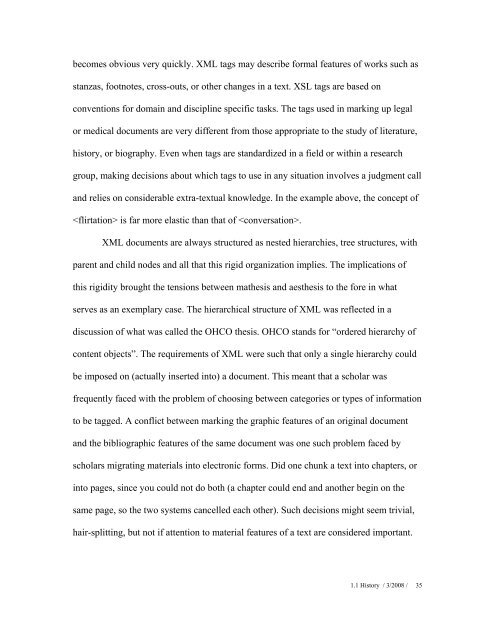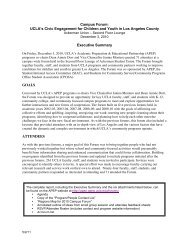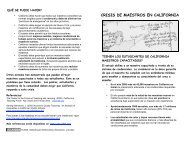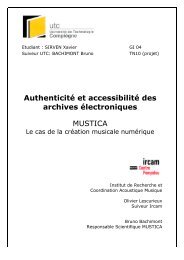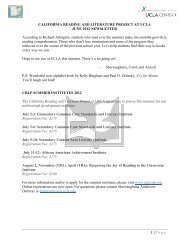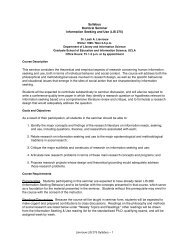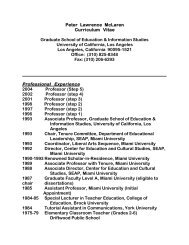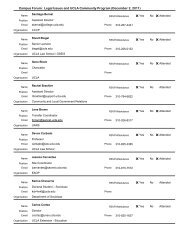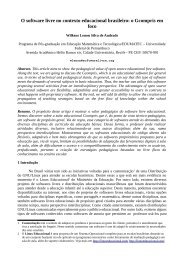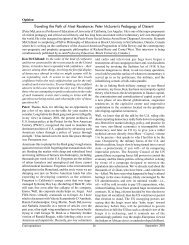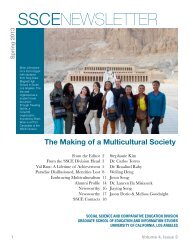1.1 From Digital Humanities to Speculative Computing - UCLA ...
1.1 From Digital Humanities to Speculative Computing - UCLA ...
1.1 From Digital Humanities to Speculative Computing - UCLA ...
You also want an ePaper? Increase the reach of your titles
YUMPU automatically turns print PDFs into web optimized ePapers that Google loves.
ecomes obvious very quickly. XML tags may describe formal features of works such as<br />
stanzas, footnotes, cross-outs, or other changes in a text. XSL tags are based on<br />
conventions for domain and discipline specific tasks. The tags used in marking up legal<br />
or medical documents are very different from those appropriate <strong>to</strong> the study of literature,<br />
his<strong>to</strong>ry, or biography. Even when tags are standardized in a field or within a research<br />
group, making decisions about which tags <strong>to</strong> use in any situation involves a judgment call<br />
and relies on considerable extra-textual knowledge. In the example above, the concept of<br />
is far more elastic than that of .<br />
XML documents are always structured as nested hierarchies, tree structures, with<br />
parent and child nodes and all that this rigid organization implies. The implications of<br />
this rigidity brought the tensions between mathesis and aesthesis <strong>to</strong> the fore in what<br />
serves as an exemplary case. The hierarchical structure of XML was reflected in a<br />
discussion of what was called the OHCO thesis. OHCO stands for “ordered hierarchy of<br />
content objects”. The requirements of XML were such that only a single hierarchy could<br />
be imposed on (actually inserted in<strong>to</strong>) a document. This meant that a scholar was<br />
frequently faced with the problem of choosing between categories or types of information<br />
<strong>to</strong> be tagged. A conflict between marking the graphic features of an original document<br />
and the bibliographic features of the same document was one such problem faced by<br />
scholars migrating materials in<strong>to</strong> electronic forms. Did one chunk a text in<strong>to</strong> chapters, or<br />
in<strong>to</strong> pages, since you could not do both (a chapter could end and another begin on the<br />
same page, so the two systems cancelled each other). Such decisions might seem trivial,<br />
hair-splitting, but not if attention <strong>to</strong> material features of a text are considered important.<br />
<strong>1.1</strong> His<strong>to</strong>ry / 3/2008 /<br />
35


